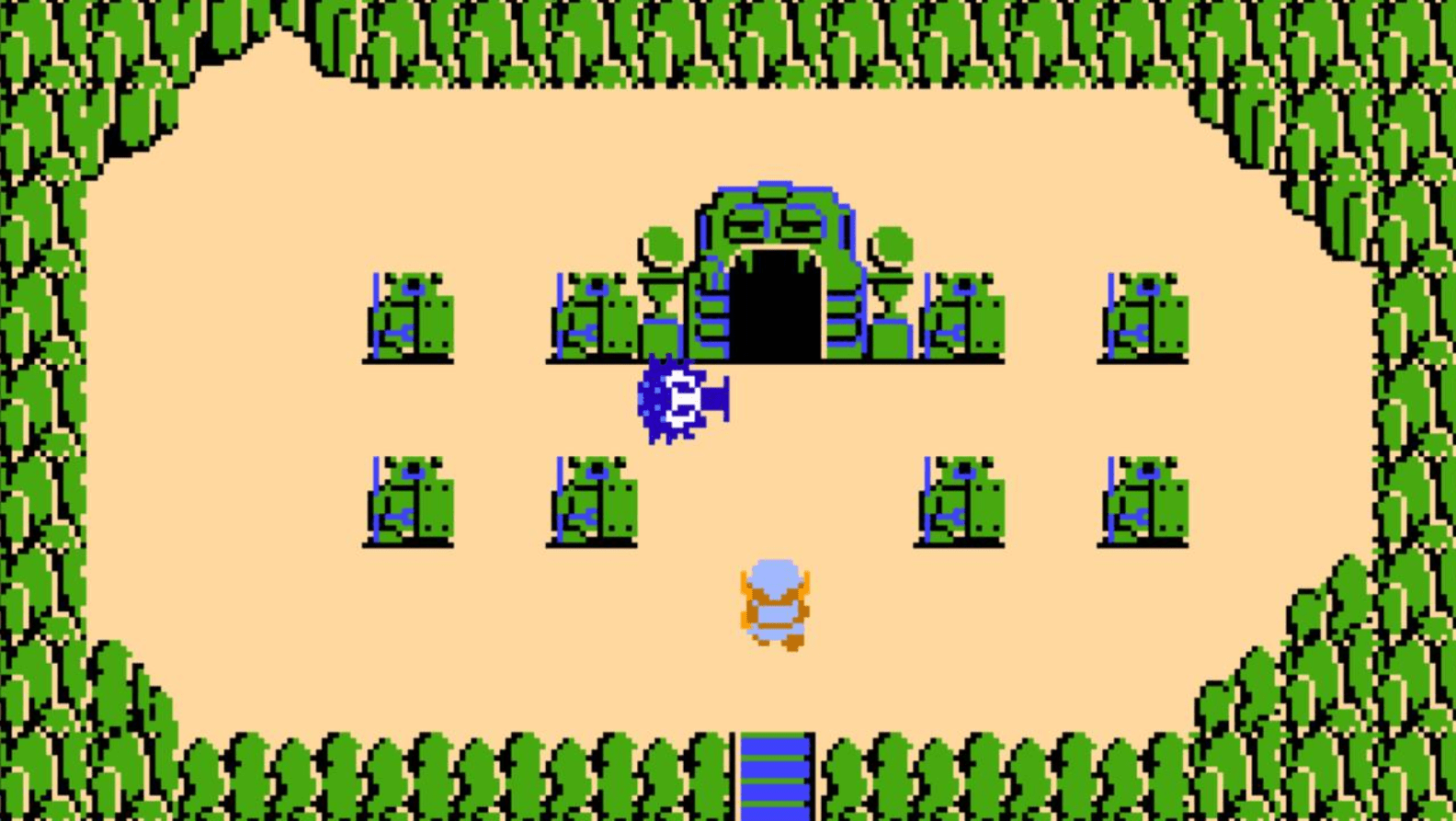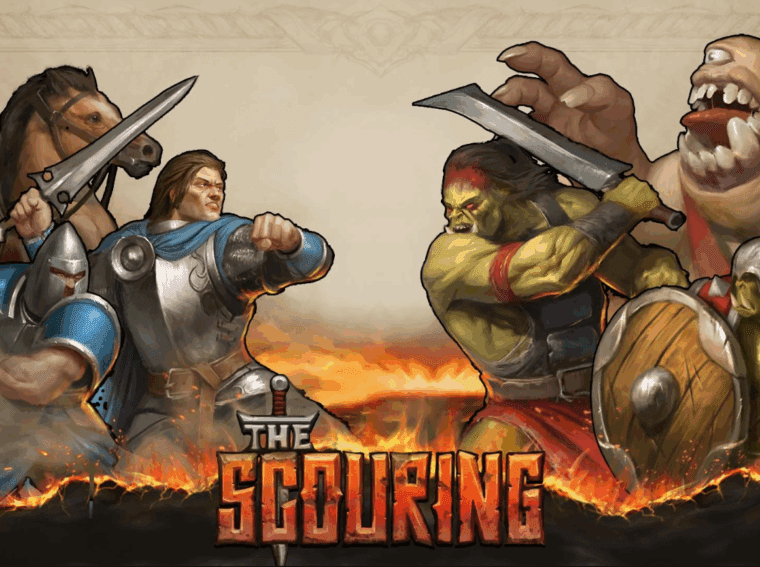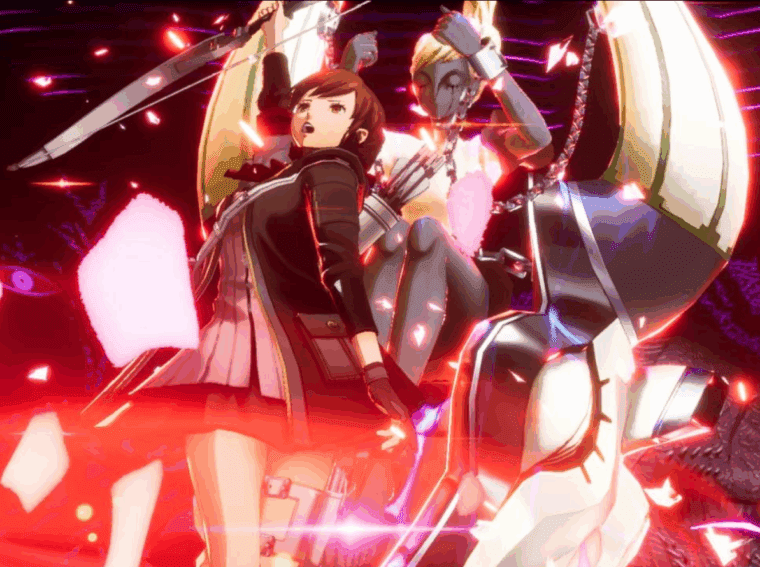Browsing dusty archives of old gaming history, I have discovered something that caught my attention. The Video Game History Museum has recently released most of its set of gaming newsletters from the 1980s, which include early coverage of The Legend of Zelda upon its arrival at the Nintendo Entertainment System. During the time I grew up listening to older players reminisce about such things, pages like these felt like walking into their memories.
These newsletters also came stacked from Computer Entertainer and a few other publications, talking about games between 1982 and the mid-80s. One of the things they covered was not just Zelda’s release date, as they also featured the original review. If the pages are to be believed, Zelda’s launch into North America was delayed slightly. Back in those days, delays were unusual, and the reason in this case was rather peculiar.
Nintendo wanted to try improving the graphics a bit and add something that was almost unheard of at the time: a battery inside the game cartridge. Zelda was released in Japan on the Famicom Disk System, which allowed you to save your progress. As this never reached the U.S., it made perfect sense that Nintendo should include battery-backed memory in the NES cartridge. That would let all players save their adventure instead of starting from scratch every time. Today, it seems totally normal, but it was a big deal in the mid-80s.
The newsletters had lines from Nintendo employees explaining how the battery worked. For many players of consoles in the household, it was the very first time to hear about saving progress in that kind of thing. Until then, you either started all over again or had to record long passwords.
When the review came out, there was something odd but strangely charming – it had two scores. One review would give it three and a half stars out of four, another would give it a perfect four. It reminded me of how some Japanese magazines like Famitsu still have multiple reviewers rate the same game. The slight difference aside, both reviewers agreed that Zelda was a game you had to play.

Huge and freedom-filled for a game set in 1986, Zelda almost had an unheard world. Players could go different ways, face dungeons in various orders, and explore dozens of different areas. The newsletters praised the sense of exploration and problem-solving, which was a huge difference from the linear paths of most games back then.
The review gave out a lot of secrets, for back then, spoilers were not even a problem, so many magazines often told you about hidden items or locations. You could tell the reviewer was genuinely impressed with the game through its design and technical work. Price on opening was $45-now around $125 today. Even just paying that, people felt Zelda gave excellent value because of how much there was to do and replay.
One particularly amusing part of the issue was that they jokingly compared Zelda’s score to that of Leisure Suit Larry, both considered perfect. The games could not be more different, but both were boundary-pushing in their own way. It shows just how lighthearted gaming coverage in the 80s could get.
Reading through those pages was more than just a history lesson. It felt like a memory of how much The Legend of Zelda changed expectations for home console games. From including battery saves to the open world design, it set the pace for how games would eventually be much larger, deeper, and more personal.
What more interesting lost stories could potentially sit in some dusty storage on old newsletters like this? That is all that went through my mind. You may also be interested in: Palland Nintendo Switch Release – The $3.99 Palworld Copy Taking Over the eShop





